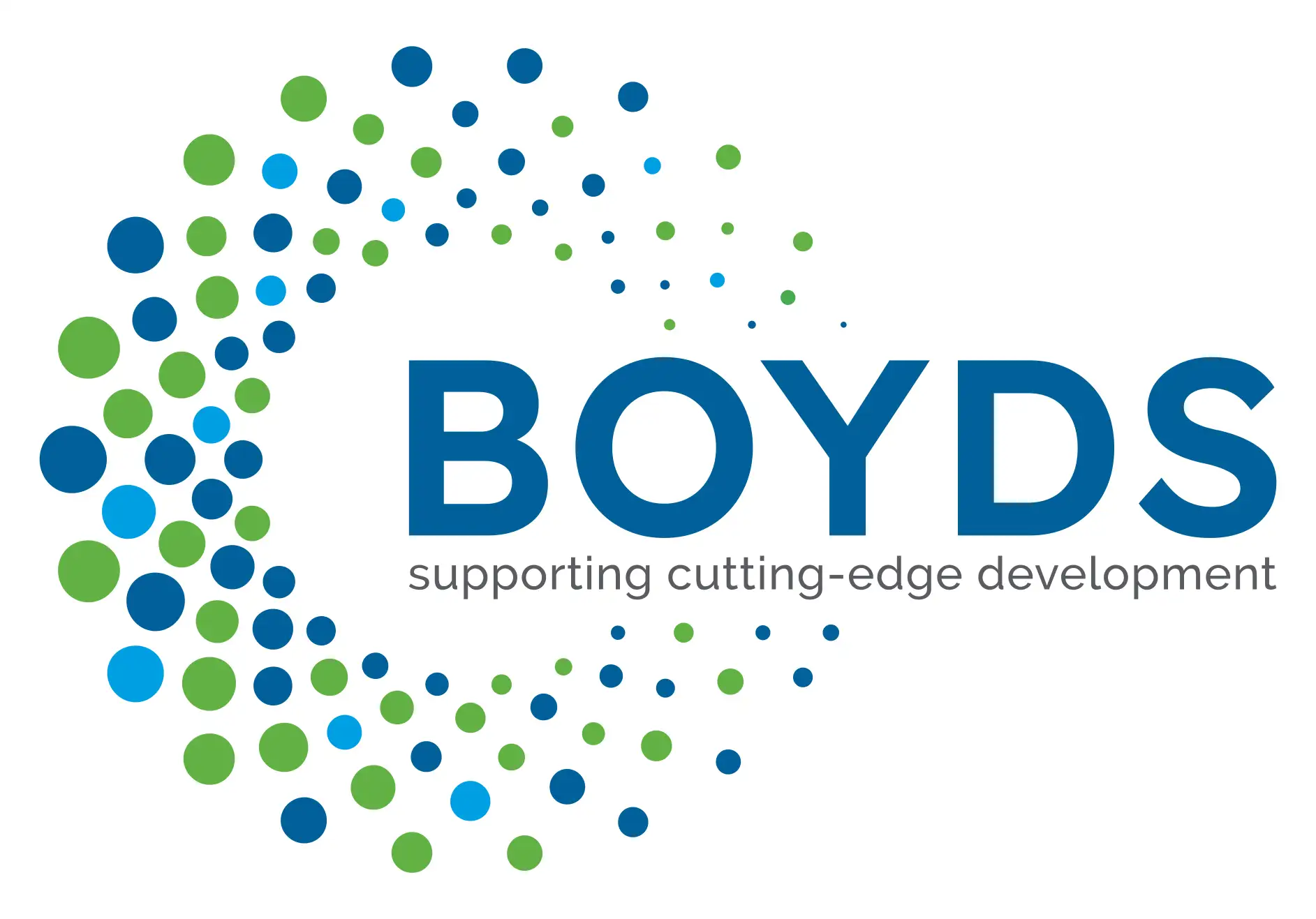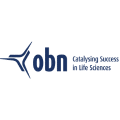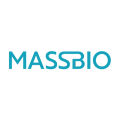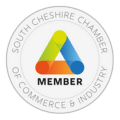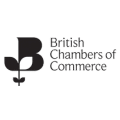In this three-part blog series, Dr Eric Hardter, Associate Director of Regulatory Affairs at Boyds, provides advice and guidance to sponsors on conducting FDA meetings and discusses ways of ensuring a productive outcome.
Part 2: Building Your Submission Documentation and Regulatory Timeline
Asking the Appropriate Questions, Appropriately
The meeting request is driven by the sponsor’s questions, which represent the document’s most critical content. Questions posed to FDA reviewers will depend on key program properties such as clinical indication, class of IP, and stage of lifecycle development. Given this large potential for variability, there does not exist a comprehensive, generic blueprint of appropriate topics of conversation. Still, key milestone meetings (e.g., pre-IND, end-of-phase, or pre-NDA/BLA meetings) should typically address each of the pre-clinical, clinical, and CMC pillars in order to have a completeness check against a future submission. Other types of meetings may be more specifically focused based on singular issues.
Regardless of the question being asked, suitable phrasing is imperative. When constructing a question, sponsors should provide a robust position or proposal and simply request FDA concurrence. A standard format may involve a few sentences to paragraphs of sponsor rationale, followed by the question “Does the FDA agree?” This allows the FDA to lead with a simple “yes/no” response which will be followed by detailed commentary on the topic. Questions should neither be open-ended (“What does the FDA think?”) nor request development assistance (“What does the FDA suggest?”). Improper question construction may result in the FDA declining to provide an answer.
Finally, as described in the most recent iteration of the draft guidance on formal meetings with the FDA, sponsors should not propose more than 10 questions in a meeting request. Notably, subparts of the same question (e.g., Question 1a, 1b, 1c…) are considered distinct.
Your Meeting was Granted – What Next?
A formal letter accepting or denying the meeting will be provided within the timeline specified in the aforementioned guidance. If a meeting is granted, the correspondence will contain the applicable meeting information (e.g., date, time, and format). With this in hand, sponsors should work backwards to identify the timing for the next key milestones, including dates of briefing package submission and receipt of subsequent FDA preliminary commentary. These will be defined by the explicit meeting type, and it is critical that the IP program manager builds a schedule to ensure sponsor stakeholder availability for what can be a chaotic couple of days. Specifically, advance time should be blocked off for:
- Discussion of preliminary commentary (received two to five days prior to the meeting date depending on meeting type)
- Development of an initial response and agenda
- Planning meetings and walkthroughs, as desired
- Acute-term set-up and final discussion (e.g., if the sponsor team is meeting in a single location)
- Post hoc meeting discussion
- Submission of formal meeting minutes
In the event a meeting request is denied, the notification will typically contain accompanying rationale. Sponsors seeking further clarification should reach out directly to the assigned Regulatory Project Manager.
Briefing Package Content and Related Best Practices
The meeting briefing package serves as the complement to the meeting request, but it will be significantly lengthier and more technical in nature. In addition to a restatement of administrative information, these documents will also include additional background on both the clinical indication and IP development status. Most importantly, it will contain the disciplinary data packages, which will provide the FDA reviewers with the information necessary to propose thoughtful, actionable responses.
Perhaps the most prevalent pitfall in the formal FDA meeting lifecycle is the generation of inadequately written data packages. When posing a question, sponsors should think carefully about the level of data FDA reviewers will need in order to provide a cogent response. Too little information will likely result in an incomplete response, or a statement that the question is unable to be answered at that time. Inclusion of too much or irrelevant information may confound review and/or result in unwanted additional FDA commentary. It should be noted the FDA will remark on the totality of the briefing package documentation regardless of the specific questions asked, and therefore extraneous content is discouraged.
Much like with the types of questions being asked, there is no strict barometer for the level of information to include. Importantly though for broader meetings with a multidisciplinary approach, sponsors must create a harmonized and focused (if not succinct) document. Brief summaries leveraging key tables and figures are encouraged as opposed to lengthy reports, or data devoid of context or discussion. Nonclinical and clinical studies should be linked to batches of IP so as to best weave disciplines together.
Beyond the best practices for presentation of technical information are the general logistical considerations. Briefing packages should not exceed 350-400 pages. While it is allowable for the briefing packages to be comprised of multiple documents, they should be titled/coded clearly and externally hyperlinked accordingly. If the meeting is a follow-on to a previous discussion, responses should be provided to prior FDA commentary, and linked to supporting sections of the data packages. Combined these actions should satisfy what can be considered as the principal rule for large, technical submissions where reviewers are bound to a strict timeline: “don’t make the FDA hunt.”
Boyds has an award-winning team of regulatory affairs experts with many years of experience helping our clients achieve successful FDA submissions. Get in touch with one of our experts for personalised support in preparing for your FDA meeting.
